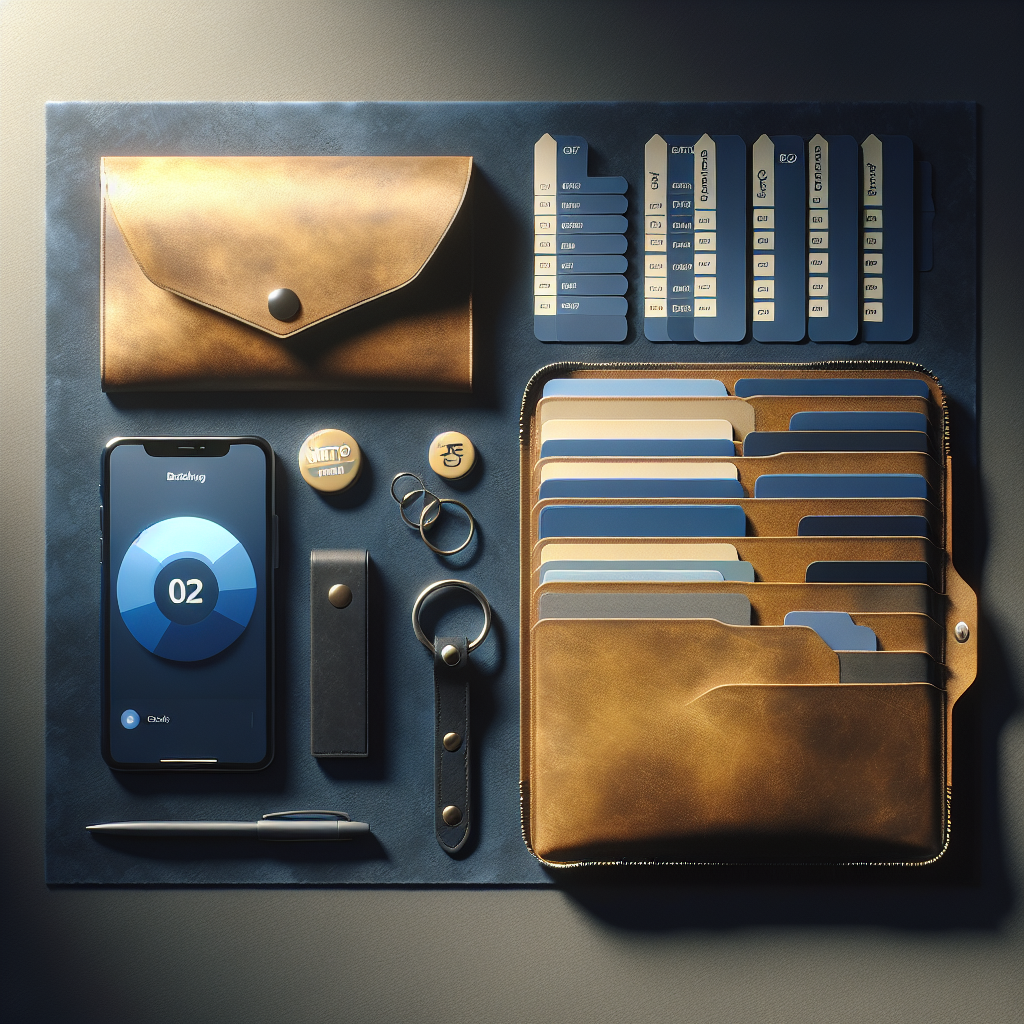Managing money wisely remains one of the most important life skills, and while the digital world has changed how we pay for things, budgeting basics never go out of style. One such method, the cash envelope system, continues to help people control their spending and create strong financial habits. But how does this method hold up in a world of apps and contactless payments? In this article, we’ll explore how to blend the traditional envelope strategy with digital tools, compare top apps, and share stories from people who made the switch successfully.
What Is the Cash Envelope Budgeting System?
The cash envelope system is a simple yet powerful way to manage your spending. Popularized by financial expert Dave Ramsey, this method involves using actual envelopes to divide your income into different spending categories like groceries, gas, and entertainment. Once you fill each envelope with your monthly spending allowance in cash, you only use what’s inside that envelope for purchases in that category. When the envelope is empty, you don’t spend more. This physical limitation helps people stick to their budget and avoid overspending.
For example, if you budget $300 for groceries, you put $300 in your grocery envelope at the start of the month. Every time you buy groceries, you pay with that cash. This tactile experience helps you see and feel your spending, which many find more effective than swiping a card.
Adapting the Method for a Digital World
Today, fewer people carry cash, and most stores encourage digital payments. That’s made traditional envelope budgeting harder to follow—but not impossible. The good news is you can easily adapt the core idea of envelope budgeting and apply it digitally. Instead of paper envelopes, think of virtual ones. With digital envelope budgeting, you still assign specific amounts to categories, but you track them through apps, spreadsheets, or bank tools.
Many banks now allow goal-based saving and category labeling, which mirrors the envelope method. The idea is to stay mindful of your spending, whether it’s through a phone app or a physical envelope. As long as you check your spending regularly and follow your category limits, the method remains powerful—even without cash.
Best Digital Envelope Apps for Budgeting
If physical envelopes aren’t practical for your lifestyle, several apps make it easy to modernize the envelope system. Here are some of the best options available in 2023:
1. Goodbudget
This app uses a digital envelope system that mirrors the traditional method. You manually allocate money into virtual envelopes and can track spending for each category. Goodbudget is perfect for families or couples wanting to share a budget across devices.
2. Mvelopes
Mvelopes helps you plan where every dollar goes before you spend it. It connects to your bank and allows real-time tracking of digital envelopes. It’s ideal for users seeking a detailed and forward-thinking approach to budgeting.
3. YNAB (You Need A Budget)
Though not an envelope system strictly speaking, YNAB takes a similar zero-based budgeting approach, where each dollar has a purpose. YNAB’s features help you assign money, track categories, and adjust goals on the go.
4. EveryDollar
Created by Dave Ramsey’s team, EveryDollar offers a simple layout and is especially effective for users familiar with his Baby Steps plan. The paid version connects to your bank for automatic updates, which reduces manual effort.
5. PocketGuard
PocketGuard is excellent for people who just want to know how much is safe to spend. It automatically categorizes expenses and shows what you have left after bills and savings, acting like an automated envelope alert system.
Success Stories and Lessons From Real People
Many people have found success switching from cash envelopes to digital versions. One couple reported that after three months of using Goodbudget, they had saved $500 because they stuck to their limits and stopped impulse spending. Another woman shared that she failed her first attempt with Mvelopes because she didn’t categorize her expenses carefully. Once she got more detailed, she finally learned to live within her means.
Common success factors include being honest about spending habits, setting realistic category limits, and checking app updates regularly. Pitfalls usually involve ignoring your app or failing to adjust your envelopes when your financial situation changes.
Final Takeaway: Modern Budgeting With Traditional Wisdom
The envelope budgeting system still works—and possibly even better—with today’s technology. Whether you’re using an app or physical envelopes, the core principle is the same: assign a job to every dollar and stick to your plan. Digital envelopes make it easier for people who don’t use cash, and their features add convenience and tracking that paper can’t provide. By blending traditional tools with modern apps, you can take control of your money and build a stress-free financial future.
Share this content:



